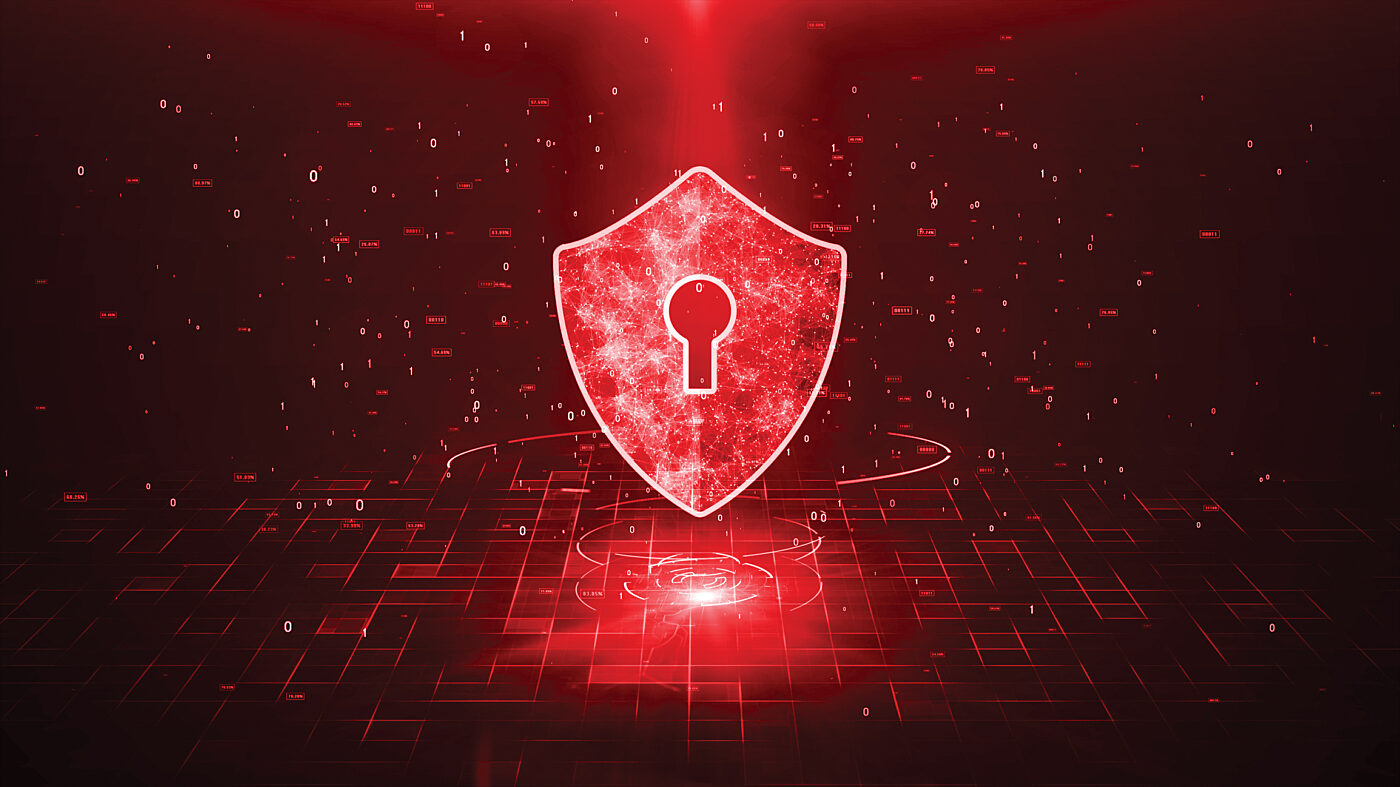The professionals within corporate legal departments (CLDs) might be the living embodiment of knowledge workers: people whose main capital is knowledge and whose line of work requires them to “think for a living.”
Like a variety of other organizations centered around knowledge workers, CLDs are under pressure to find a way to work more efficiently, innovate faster, and get the most from their employees’ expertise. To get that edge and stay ahead, every resource counts – but in too many organizations, knowledge remains a valuable, yet untapped, asset.
There are several reasons why.
First among these is the challenge of simply finding documents. Knowledge workers report they spend an inordinate amount of time searching for specific pieces of content that are scattered and siloed across multiple systems. The information stored in documents holds tremendous potential, but that potential can’t be activated if workers are too overwhelmed to make the most of information spread between disparate sources, or don’t even know where to look.
Another key factor impacting the ability of organizations to truly tap into their knowledge is the remote workforce transformation that has taken place in the wake of the COVID-19 pandemic. Upwork estimates that by 2025, 36.2 million Americans will be working remotely, an 87 percent increase from pre-pandemic levels. And according to McKinsey, “the potential for remote work is highly concentrated among highly skilled, highly educated workers,” with the highest potential found in the finance, management, professional services, and information sectors.
Put another way, disruption has become the “new normal” for knowledge workers, and established habits have changed. It is clear that – in the emerging hybrid work model – decreased in-person interaction makes it vitally important for organizations to support collaborative knowledge work wherever possible.
The traditional approach isn’t cutting it anymore
While collaboration challenges affect any knowledge-centric organization, these challenges are amplified in the setting of a corporate legal department. The General Counsel, Associate General Counsel, Chief Legal Officer, and other members of the team must manage large volumes of high-value, regulated, and secure documents and emails – and do it in a way that is efficient, collaborative, and secure.
The approach to document management that exists within most CLDs, however, presents several problems, particularly for those that rely on older, legacy document management systems. For a start, traditional enterprise content systems are ineffective at saving documents and emails together in the appropriate context. This creates silos of information, making it difficult to get a complete picture of a matter or issue.
With information saved in multiple emails and documents, organizations struggle to drive efficiency or effectively repurpose information, and they can unknowingly incur security or regulatory risks. Additionally, the lack of a centralized repository makes sharing information internally with colleagues – or externally with outside counsel partners – more difficult than it needs to be.
Fortunately, the right technology can help CLDs address some of their top challenges around collaboration head on, making their lives easier in the process. Beyond facilitating better collaboration and unlocking valuable knowledge, a combination of tools and automation can minimize the time spent by legal professionals on mundane tasks – allowing them to reclaim more hours in their day to focus on higher value activities.
Here are three collaboration challenges that must be faced:
Creating a single source of truth for easy search
It’s not uncommon for a CLD to experience multiple pain points around search and collaboration, particularly with regard to document searches wherein the goal is to identify and reuse legal precedent.
The solution is to seek out a document management system (DMS) that incorporates email management, powerful search functionality, and AI-based smart features that boost productivity. Fully integrated email management creates a single version of the truth by organizing documents and emails in the context of the appropriate project or matter. Meanwhile, advanced email management automates the process of saving emails to the correct location and makes the process nearly seamless to the end user, mitigating risk to the organization.
This advanced functionality provides a better, more modern user experience and empowers people to focus on doing their best work by improving their productivity. It also reduces risk, because matter-centric document organization maintains transparency of the original context of related materials.
Significant time savings are delivered via faster, better search results, while a greatly improved ability to reuse legal precedent strengthens the legal services role within the business. The enhanced work quality and efficiencies gained help to drive better business outcomes.
Providing security that doesn’t impact productivity
Cybercrime has increased 330 percent since the beginning of 2020, and cyber-attacks against legal departments of all stripes are taking place. This threat-filled environment makes the ability to collaborate securely of paramount importance.
At the same time, there is concern that security protocols and requirements can inhibit user adoption. CLDs understand that changing the work habits of a broad range of business users with limited patience for learning new technology can be challenging.
A DMS with an intuitive and easy-to-use interface is therefore a must-have to encourage broad user adoption – which helps ensure that valuable documents and emails are retained and secured. The ability to automate governance and audit capabilities minimizes disruption to user workflow, further encouraging successful adoption.
This approach provides a single, secure project location to manage content that is fully governed, trackable, and audited, providing a key advantage over other frequently used options for collaborative document exchange.
Enabling global collaboration
Operating a CLD with a national corporate presence is challenging enough – but in a global organization the level of complexity is compounded, raising the stakes even higher. The type of legacy, on-premises DMS solution that many CLDs rely on isn’t designed to support a global enterprise, leaving its legal professionals with a fragmented view of the business.
Other potential landmines include the importance of sharing documents securely in collaboration with outside counsel. Without a secure collaboration platform, legal professionals often exchange documents via email attachments, creating significant issues with version control, efficiency, and security.
A modern cloud DMS is an ideal solution, enabling CLDs to deploy systems globally in a more affordable way, while permitting greater flexibility and a modern working experience for end-users. Legal professionals can share links to secure document workspaces – which accelerates the process of editing, review, and collaboration while maintaining a single source of the truth.
Better performance, better search, and better email integration all help to eliminate friction and unlock valuable knowledge. The result is seamless collaboration from a global business perspective: a global view of the business, a single source of truth, and seamless collaboration around the world.
Choosing a platform that eliminates collaboration pain points
iManage provides an ideal knowledge work platform in the cloud to help CLDs of all sizes collaborate more effectively and securely, unlocking productivity and driving better business outcomes.
The market-leading solution for intelligent document and email management, iManage Work connects documents and emails and saves them in a single, unified folder, organized by client, project, or legal matter. This structure puts all relevant information in context and at users’ fingertips, so they can focus on delivering value.
iManage Work enables fast, easy, and secure collaboration, allowing users to share content with colleagues and stakeholders both inside and outside the organization. A file-sharing solution that is as easy to use as consumer applications, iManage Work satisfies an organization’s data governance and security needs while integrating into the daily workflows in a way that enhances, rather than hampers, user productivity.
On the security front, iManage Security Policy Manager secures critical content across multiple repositories with need-to-know security access, without affecting productivity or performance. This allows organizations to automate the enforcement of security and information barriers at scale to meet the growing needs of client, regulatory, and company obligations.
Meanwhile, iManage Threat Manager helps organizations protect sensitive information from internal and external threat vectors using innovative technology that includes adaptive behavior modeling and machine learning to continuously monitor, alert, and secure critical knowledge work.
The products and services available as part of the iManage platform work together to solve the daily business challenges encountered by CLDs around knowledge work management and collaboration, every day.
As knowledge work changes, so should the platform CLDs rely on
As the nature of knowledge work evolves, organizations that are proficient in capturing, accessing, and sharing knowledge in all its forms hold the competitive edge. This requires a knowledge platform that supports effective collaboration among workers, company-wide access to key knowledge and information, and uncompromising security.
By leveraging this technology, not only can CLDs eliminate the common pain points they face today – they can set themselves up for success tomorrow.
For more information about overcoming the challenges CLDs face – including real-world examples of how CLDs identified a solution that enabled their teams to manage information and collaborate more efficiently and securely – download our 4 Lessons Learned from Corporate Law Departments eBook.
Published March 9, 2022.




